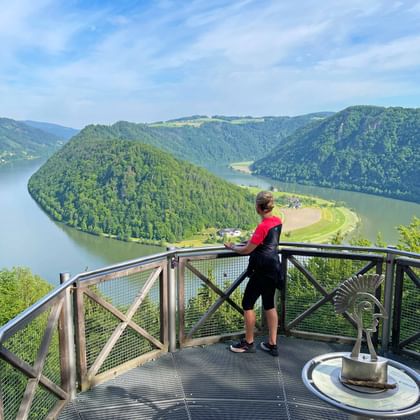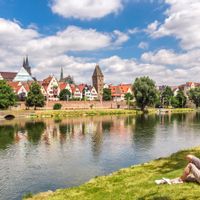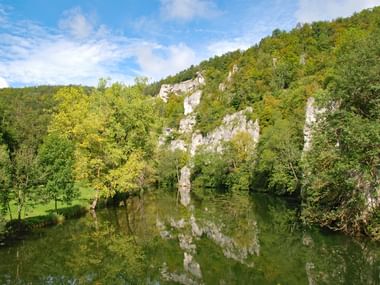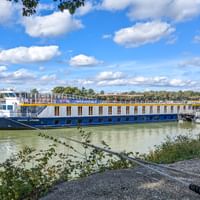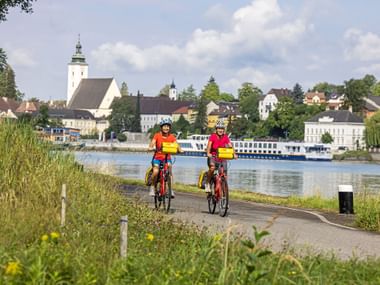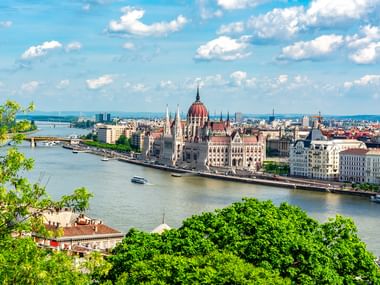After approximately 350 kilometers, the Danube flows out of Austria towards Slovakia. The stunning merge of the Danube and Morava rivers, shaping the natural border, offers the most breathtaking view from the 212-meter-high remnants of Theben Castle. Throughout the Cold War, the border remained heavily guarded.
In uncertain times, the Danube provided protection for Bratislava as well. That's why Bratislava, known as Pressburg in German, became the capital of the Kingdom of Hungary.
At the base of Bratislava Castle, offering a unique vista of the city, lies the Slovakian Danube lowlands. Despite its seemingly brief main flow, the region is defined by its extensively branching tributaries, enriching the fertile landscape.
In Hungary, the Danube Bend between Esztergom and Szendtendre stands out as the most picturesque stretch of this Danube section. Majestic castles, ruins, and charming villages define this magnificent valley. It once served as the seat of Hungarian kings.
In Budapest, the Danube separates the two districts of Buda and Pest. Along the river, you'll find some of the most stunning buildings, including the Parliament, the Fishermen's Bastion, and the Castle District, a UNESCO World Heritage Site.

